Retrospective of Sid Meier’s Pirates!
By Patrick S. Baker
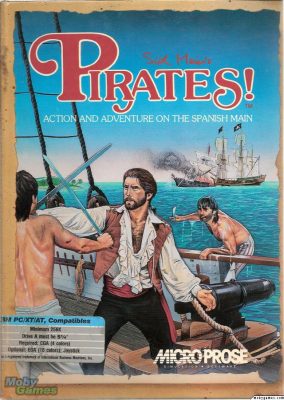
Yo ho, yo ho, a pirate’s life for me
We pillage, we plunder, we rifle, and loot
Drink up, me ‘earties, yo ho
We kidnap and ravage and don’t give a hoot
Drink up me ‘earties, yo ho
–From Yo Ho (A Pirate’s Life for Me), by George Bruns
In 1982 Sid Meier and Bill Stealey founded MicroProse and by 1986 the video game company was highly successful by largely focusing on military and vehicle simulations such as Chopper Rescue, Spitfire Ace, and Silent Service. But Meier, MicroProse’s chief designer and programmer, had grown bored with the hyper-realistic games and wanted to do something different.
In a meeting with Arnold Hendricks, a MicroProse programmer, Meier heard the pitch for a pirate game. The game was pitched as an “Age of Sail” ship-to-ship combat game, much like Avalon Hill’s Clear for Action. Meier liked the idea but wanted it to be an open-world adventure game, not just a combat simulation. Meier later wrote: “Pirates didn’t spend all day fighting one another. Pirates had adventures.”

 During the six years between the release of Master of Orion II: Battle at Antares and the release of Master of Orion III, the PC gaming world proved to be something of a Hobbesian trap for game developers and publishers, that is to say: “…. poor, nasty, brutish, and short.”
During the six years between the release of Master of Orion II: Battle at Antares and the release of Master of Orion III, the PC gaming world proved to be something of a Hobbesian trap for game developers and publishers, that is to say: “…. poor, nasty, brutish, and short.”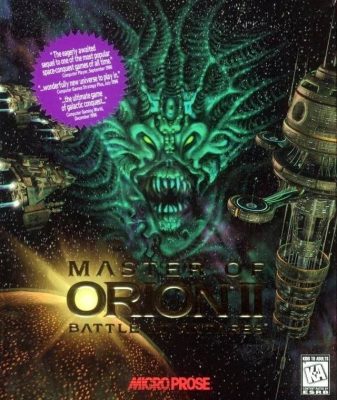 By Patrick S. Baker
By Patrick S. Baker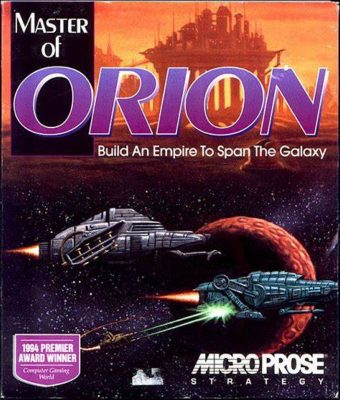 By Patrick S. Baker
By Patrick S. Baker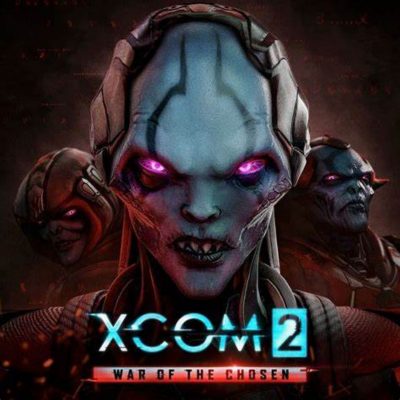
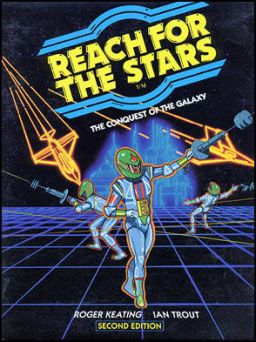 The designation “4X” (standing for “eXplore, eXpand, eXploit and eXterminate”) originated in the Computer Gaming World 1993 preview of Master of Orion by Alan Emrich. In a play-on-words, Emrich rated the game as “XXXX”, referencing the “XXX” rating for pornography. Over time the phrase mutated into “4X” and has been adopted and adapted into a game genre description.
The designation “4X” (standing for “eXplore, eXpand, eXploit and eXterminate”) originated in the Computer Gaming World 1993 preview of Master of Orion by Alan Emrich. In a play-on-words, Emrich rated the game as “XXXX”, referencing the “XXX” rating for pornography. Over time the phrase mutated into “4X” and has been adopted and adapted into a game genre description.